Exploring Hydropower: Understanding Its Basics, Benefits, and Historical Significance
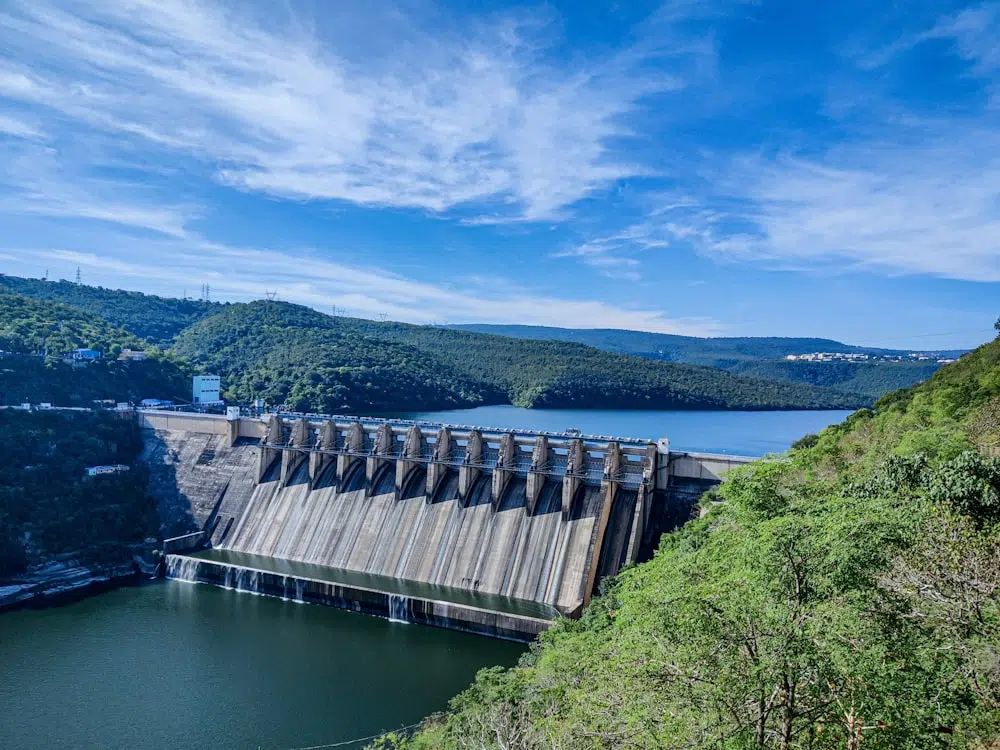
Hydropower, also known as hydroelectric power, is one of the oldest and largest sources of renewable energy. It harnesses the natural flow of moving water to generate electricity. As of now, hydropower constitutes approximately 28.7% of the total U.S. renewable electricity generation and about 6.2% of the overall U.S. electricity generation.
While the Hoover Dam is a well-known example of a large-scale hydropower facility, hydropower plants vary significantly in size. They can be massive structures, but they can also be quite small, utilizing water flows from municipal water systems or irrigation ditches. Some hydropower systems are even “damless,” employing diversions or run-of-river methods that channel a portion of a stream through a powerhouse before returning the water to the main river. This versatility makes hydropower more accessible and widely used than many realize. All U.S. states except Delaware and Mississippi use hydropower to generate electricity, with some states relying more heavily on it than others. For example, in 2020, about 66% of Washington State’s electricity was derived from hydropower.
A study by the National Renewable Energy Laboratory (NREL) highlighted the flexibility of U.S. hydropower. The firm capacity linked to this flexibility is estimated at over 24 gigawatts (GW). Replacing this capability with storage solutions would require the development of 24 GW of 10-hour storage, which exceeds the total current storage capacity in the U.S. Additionally, the flexibility of existing hydropower facilities could facilitate the integration of up to 137 GW of new wind and solar power by 2035.
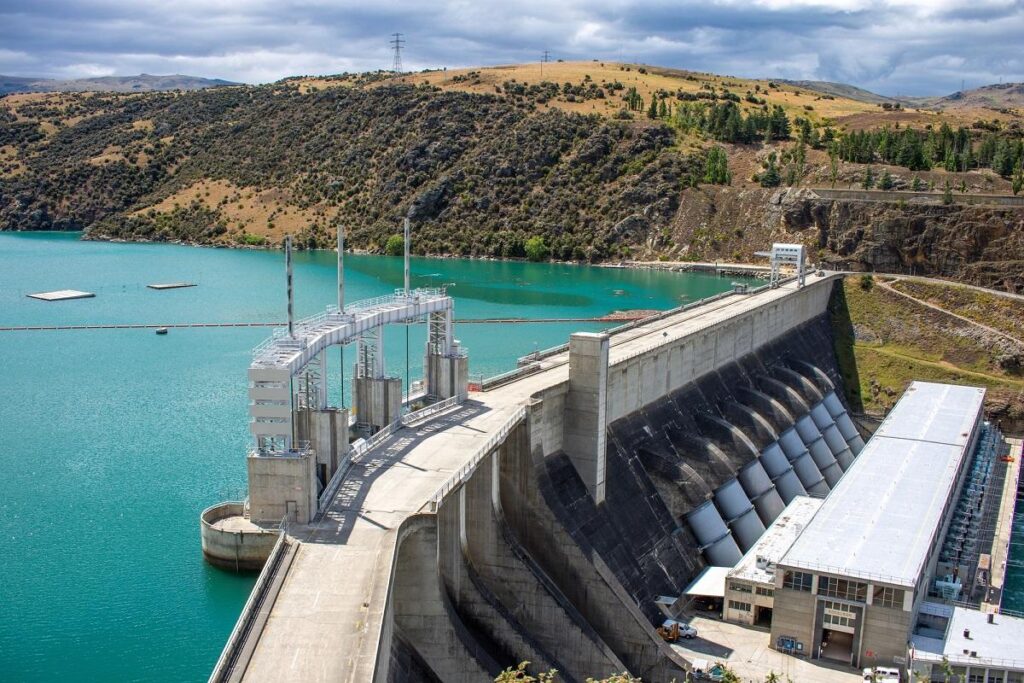
How Does Hydropower Work?
Hydropower technologies generate electricity by exploiting the elevation difference created by a dam or diversion structure. Water flows in from one side at a higher elevation and exits at a much lower elevation on the other side. The energy from the descending water is converted into mechanical energy by turbines and then into electrical energy by generators. The U.S. Department of Energy’s “Hydropower 101” video provides a detailed explanation of this process and showcases some of the research and development efforts spearheaded by the Water Power Technologies Office (WPTO).
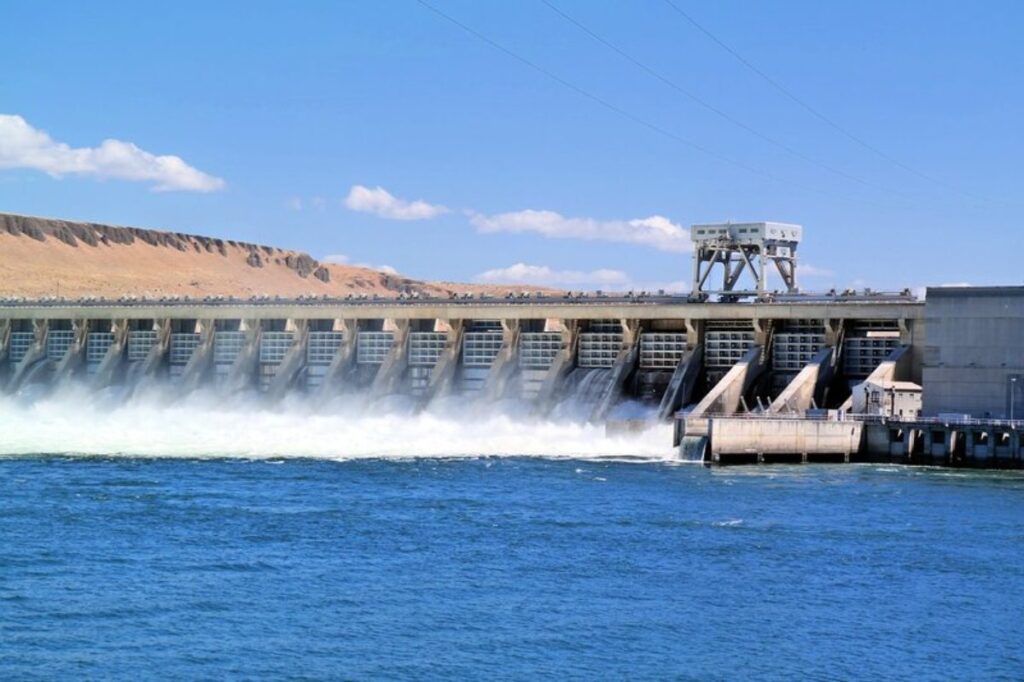
What is the Cost of Hydropower?
Hydropower is an affordable and cost-effective source of electricity. Because it relies solely on the energy of moving water, states that derive a significant portion of their electricity from hydropower, such as Idaho, Washington, and Oregon, often have lower energy bills compared to the national average.
In comparison to other electricity sources, hydropower has relatively low costs throughout its operational life in terms of maintenance, operations, and fuel. While the initial capital investment for building hydropower facilities can be substantial, these costs are distributed over the long lifespan of the projects. Hydropower equipment typically requires less frequent replacement or repair, further reducing long-term costs. The major installation expenses for large hydropower projects are associated with civil construction (e.g., dams, tunnels) and electromechanical equipment (e.g., turbines, and generators). Proper site selection and design during the planning stage can help minimize these costs.
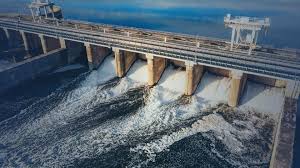
What are the Benefits of Hydropower?
Hydropower offers numerous benefits beyond just electricity generation. It is a clean and cost-effective energy source that can quickly provide power to the grid, making it a reliable form of backup power during major outages or disruptions. Additional advantages include flood control, irrigation support, and water supply management. Hydropower plants can also contribute to recreational opportunities and habitat creation in certain areas.
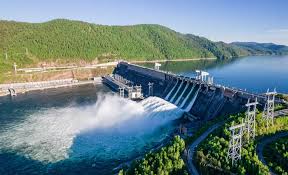
What is the History of Hydropower?
The history of hydropower spans thousands of years. The ancient Greeks used water wheels over 2,000 years ago to grind wheat into flour. The development of modern hydropower technology began in earnest in the mid-18th century when French engineer Bernard Forest de Bélidor wrote “Architecture Hydraulique,” which laid the groundwork for future advancements. Significant technological developments in hydropower occurred throughout the 19th century, and the past century has seen numerous innovations that have cemented hydropower’s role as a key component of the renewable energy landscape in the United States.



